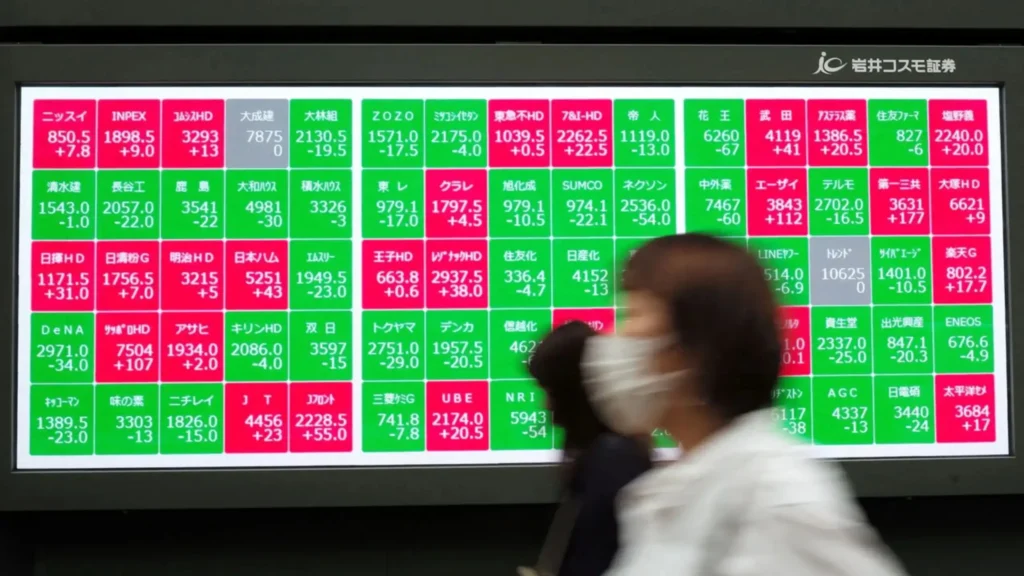1. Political Instability
- PM Shigeru Ishiba’s position is in jeopardy after his coalition lost its upper house majority.
- Rising influence of opposition parties favoring tax cuts is rattling bond markets.
- Possible resignation as early as this Friday or by mid-August adds uncertainty.
- If Sanae Takaichi, a reflationist, becomes a leadership contender, bond investors may turn cautious.
2. Rate Hike Signals from the Bank of Japan (BOJ)
- BOJ meets Thursday: no immediate rate change expected.
- But a recent trade deal with the U.S. has improved economic sentiment, raising expectations for an October rate hike.
- BOJ is also gradually reducing bond purchases, leaving the finance ministry to find new buyers—adding pressure on long-term bond yields.
3. Market Response to BOJ and Finance Ministry
- Long-term JGB yields remain near record highs, while short-term yields are climbing.
- Investors are watching BOJ Governor Kazuo Ueda’s press conference and quarterly outlook for clues on policy normalization.
- Finance Minister Katsunobu Kato has acknowledged the need to restructure JGB issuance to offset BOJ’s pullback.
4. Federal Reserve & Trump Factor
- The Fed is expected to hold rates, but internal dissent (Waller, Bowman) could shake confidence.
- Donald Trump’s pressure on the Fed, including previous threats to fire Jerome Powell, continues to inject political volatility.
- Possible future fiscal spending and changes in Fed leadership could disrupt global bond markets, including Japan’s.
Bottom LineJapan’s bond market is in a delicate position, facing domestic political uncertainty, an increasingly hawkish BOJ, and global spillover risks from the Fed and Trump’s economic agenda. A perfect storm of shifting policies and leadership could test investors’ confidence—and impact yields for months to come.
